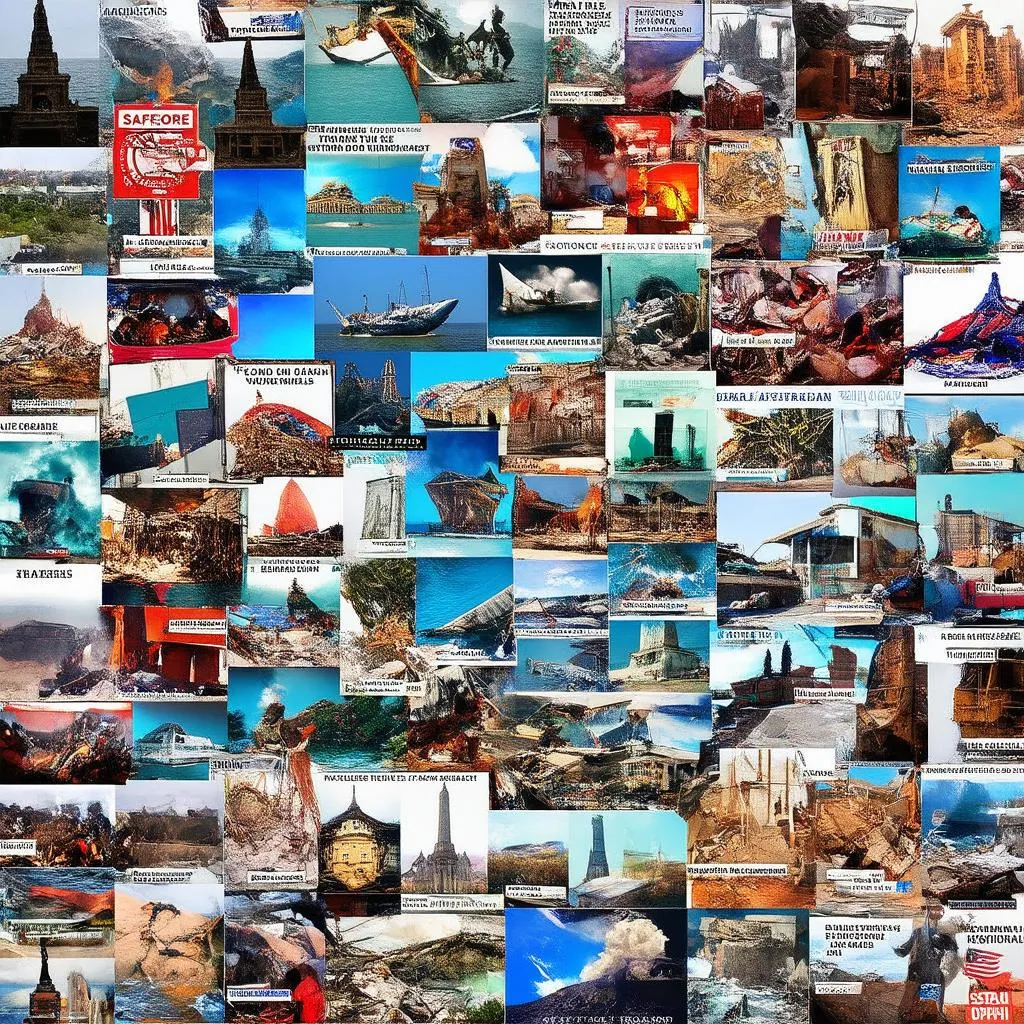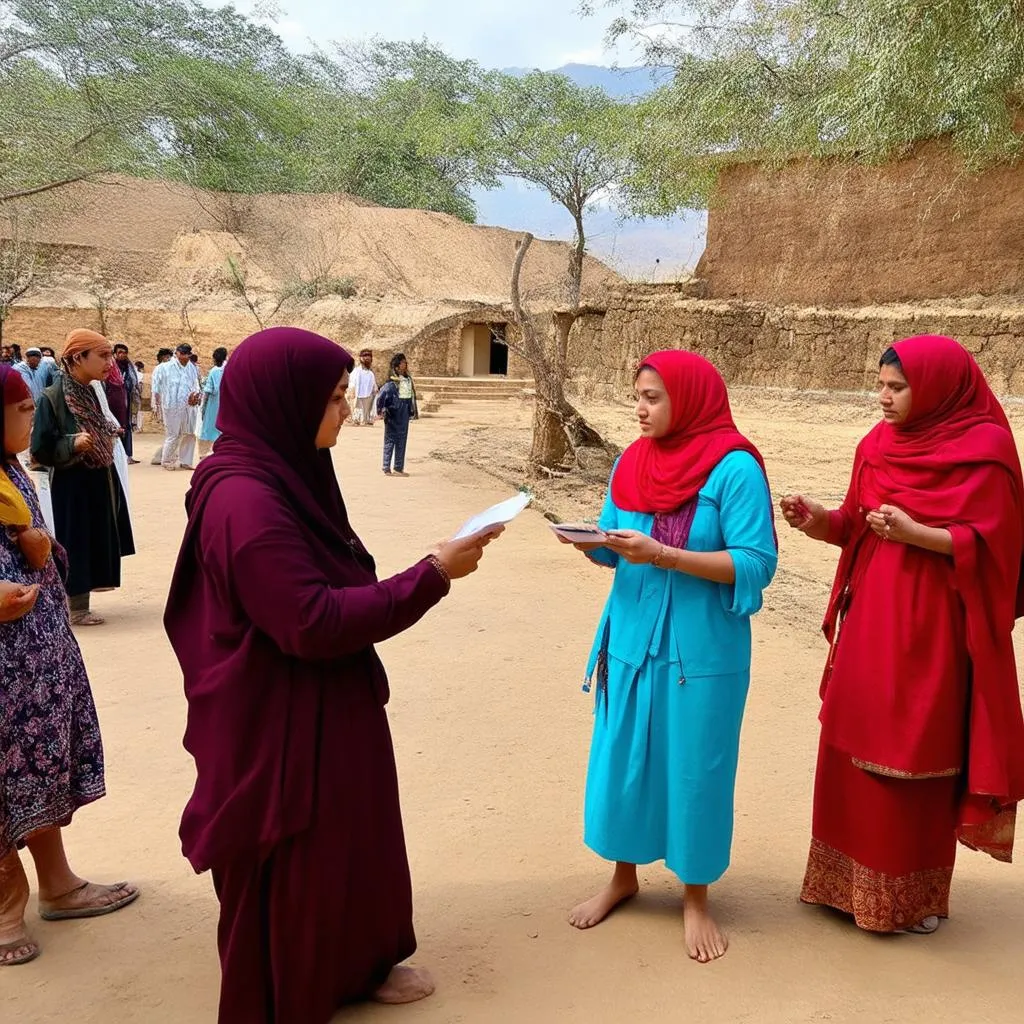Remember that time you planned the perfect vacation, only to arrive at the airport and realize your passport expired last week? Travel nightmares come in all shapes and sizes, and sometimes, the dreamiest destinations can turn into logistical nightmares, especially for Americans. But fear not, wanderlust-stricken friends! This guide is here to walk you through the ins and outs of where Americans should and shouldn’t travel, navigating the tricky terrain of travel advisories and other potential pitfalls.
Understanding the U.S. Department of State Travel Advisories
The U.S. Department of State is like that super cautious friend who always checks the weather three times before leaving the house. They issue travel advisories for almost every country in the world, ranking them on a scale from 1 to 4:
Level 1 (Exercise Normal Precautions): This is the green light for travel. It means the destination is relatively safe, but it’s always wise to stay informed about your surroundings and follow basic safety precautions. For instance, pickpocketing is common in crowded tourist areas in many Level 1 countries, so keeping your belongings secure is advisable.
Level 2 (Exercise Increased Caution): This yellow light signals that there might be some risks, such as increased crime rates in certain areas or potential for civil unrest. For example, a country might be experiencing political instability, and while popular tourist spots might be unaffected, it’s important to be aware of the situation and avoid potential protest areas.
Level 3 (Reconsider Travel): This orange light means things are getting serious. The State Department advises against non-essential travel to these destinations due to serious risks like terrorism, political instability, or natural disasters. Imagine a country experiencing a surge in crime – while you might still choose to travel there, it’s crucial to understand the risks involved.
Level 4 (Do Not Travel): This red light screams “danger zone!” It’s issued for countries where there’s a very high risk of life-threatening situations like war, civil unrest, or widespread kidnapping. Think of regions experiencing active armed conflict – in such cases, the risks to personal safety are extremely high, and the U.S. government might have limited ability to assist you if things go south.
The State Department website is your go-to resource for checking the latest advisories. Remember, these advisories are regularly updated, so checking them before booking your trip and right before you depart is crucial.
Beyond Travel Advisories: Other Factors to Consider
While travel advisories are an excellent starting point, several other factors can impact your travel experience:
- Visa requirements: Do you need a visa to enter your chosen destination? Visa regulations can be tricky and vary depending on your nationality. For example, Americans can travel to many European countries visa-free for tourism, but specific durations and activities might require a visa.
- Political climate: Is the country you’re planning to visit politically stable? Political unrest can sometimes lead to protests, transportation disruptions, or even violence. While it doesn’t necessarily mean you shouldn’t travel there, it’s crucial to be aware of the situation and exercise increased caution. You can refer to resources like the U.S. Department of State’s website or reputable news outlets for information on political climates in specific countries.
- Health risks: Are there any health concerns or required vaccinations for your destination? It’s always a good idea to consult with your doctor or a travel medicine specialist well in advance of your trip to discuss necessary precautions and vaccinations.
- Natural disasters: Is your destination prone to natural disasters like hurricanes, earthquakes, or wildfires? Research the typical weather patterns and any potential risks associated with your travel dates.
- Personal safety: What are the general safety concerns for travelers in your chosen destination? Researching common scams, areas to avoid, and local laws and customs can enhance your safety awareness and help you avoid potential problems.
Tips for Staying Safe While Traveling Abroad
No matter where you go, prioritizing your safety while traveling is paramount. Here are some tips to keep you safe and sound on your adventures:
- Register your trip with the Smart Traveler Enrollment Program (STEP): This free service allows U.S. citizens to register their trip with the nearest U.S. embassy or consulate. It makes it easier for them to contact you in an emergency or if there’s a family emergency back home.
- Purchase travel insurance: Travel insurance can be a lifesaver in unexpected events like medical emergencies, trip cancellations, or lost luggage. “It’s better to have it and not need it than to need it and not have it,” says travel expert Sarah Jones, author of “The Safe Travels Handbook.” “Travel insurance provides valuable peace of mind.”
- Be aware of your surroundings: Pay attention to your gut instincts. If something feels off, it probably is. Avoid walking alone at night, especially in unfamiliar or poorly lit areas.
- Keep your valuables secure: Don’t flash large amounts of cash and keep your passport, credit cards, and other valuables in a safe place, like a hotel safe. Consider using a money belt or a hidden pouch to deter pickpockets.
- Stay connected: Make sure your phone is charged and you have a local SIM card or an international roaming plan to stay connected in case of emergencies. It’s also a good idea to have the phone numbers for the local police and the nearest U.S. embassy or consulate programmed into your phone.
The Importance of Respectful Travel
Remember that when you travel, you are a guest in someone else’s country. Be respectful of their customs, traditions, and laws. Dress appropriately, learn a few basic phrases in the local language, and be mindful of cultural sensitivities. Not only will this enhance your travel experience, but it will also leave a positive impression and foster cultural understanding.
So, Where Should You Travel?
The world is vast and full of incredible destinations waiting to be explored. While certain places might be off-limits for Americans due to safety concerns or other factors, countless others offer unforgettable experiences.
Looking for some inspiration? Check out these resources from TRAVELCAR:
- How to travel to Cuba as an American
- Is there a travel advisory for Egypt?
- Are Americans allowed to travel to Russia?
Remember, the best travel experiences often lie in discovering hidden gems, embracing new cultures, and creating memories that last a lifetime. So, pack your bags, grab your passport, and embark on your next adventure!
What are your travel plans? Share your dream destinations and travel tips in the comments below!
 Places Americans Should Avoid
Places Americans Should Avoid
 Staying Safe Abroad
Staying Safe Abroad
 Respectful Travel Etiquette
Respectful Travel Etiquette
